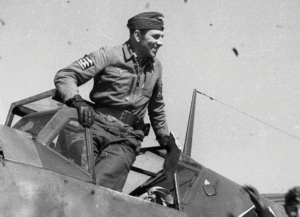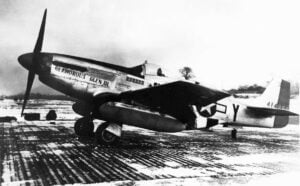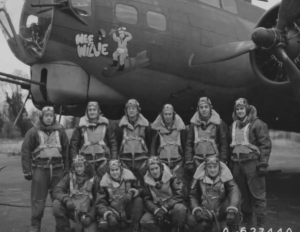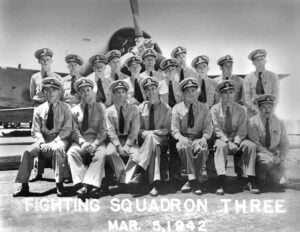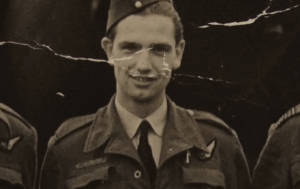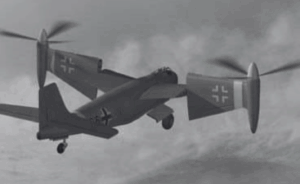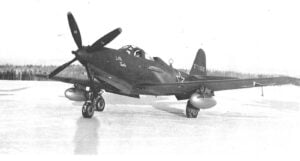11 Fatal Flaws That Almost Ended The Hawker Typhoon

YouTube / Caliban Rising - Aviation History
The Hawker Typhoon was designed to replace the Hurricane and become the RAF’s next great high-altitude fighter. It first flew in 1940, but things didn’t go as planned. Instead of a smooth debut, the Typhoon ran into one serious problem after another. Some issues were so bad that the entire project was nearly cancelled.
Here are the 11 major flaws that almost stopped the Typhoon before it ever had a chance to prove itself.
1. Carbon-Monoxide Leaks in the Cockpit
One of the most dangerous early problems was exhaust fumes seeping into the cockpit. Carbon monoxide accumulated during normal flight, putting pilots at constant risk of poisoning. Attempts to fix it, such as extending the exhaust stubs and sealing the cockpit doors, helped but never fully solved the issue. This was more than an inconvenience- it was a serious threat that shook pilot confidence in the aircraft.
2. Rear Fuselage and Tail Structural Failures
The Typhoon’s rear fuselage had a critical weakness, especially around the joint just ahead of the tail. Under high-stress maneuvers, the tail or horizontal stabilizer could break away entirely. At least one aircraft was lost when the tail separated in flight. Catastrophic failures like these nearly led to the program’s cancellation.
3. Unreliable Napier Sabre Engine
The Napier Sabre engine delivered enormous power, but it came with major headaches. Cold starts were difficult, wear rates were high, and maintenance demands were extreme. These issues frequently left Typhoons grounded or unavailable, seriously affecting combat readiness.
4. Poor High-Altitude Performance
Originally intended as the Hurricane’s high-altitude successor, the Typhoon struggled above roughly 15,000 feet. Its thick wings and heavy structure created significant drag, resulting in poor climb rates and limiting its operational ceiling. This forced a reevaluation of the aircraft’s intended role.
5. Aerodynamic Drag and Compressibility Problems
The Typhoon’s thick wing design caused drag to spike sharply at high speeds. Pilots experienced buffeting, loss of control authority, and difficulty in steep dives. These aerodynamic shortcomings limited its potential as a frontline interceptor.
6. Friendly Fire and Identification Issues
At certain angles, the Typhoon’s silhouette looked alarmingly similar to the German FW-190. Misidentification became a serious danger, prompting the addition of special recognition stripes to prevent Allied gunners from firing on their own aircraft.
7. High Weight and Heavy Wing Loading Under Ordnance
As the Typhoon transitioned into a ground-attack aircraft, it began carrying bombs and rockets. The added weight increased wing loading, making the aircraft less agile and more vulnerable during low-level operations. The airframe wasn’t originally designed for these heavy loads, and it showed.
8. Ground Handling and Field Operation Problems
Operating from rough, forward airstrips exposed the Typhoon to dust and debris that rapidly wore down its engine components, especially the delicate sleeve valves. Combined with the need for frequent maintenance, these conditions made frontline operations even more challenging.
9. Overheating Cockpit and Harsh Conditions for Pilots
Typhoon pilots often endured extremely high cockpit temperatures, sometimes exceeding 57°C (135°F). When combined with constant vibration and lingering carbon monoxide concerns, pilot fatigue became a significant issue.
10. Vibration and Control-Surface Flutter
High-speed flight could trigger severe vibrations, tailplane flutter, and, in extreme cases, failures in the ailerons or control linkages. These dynamic instabilities were unpredictable and dangerous, adding another layer of risk to an already demanding aircraft.
11. Development Delays and a Constantly Changing Role
Rushed wartime development and shifting combat requirements meant the Typhoon ended up very different from its initial design. Originally meant as a high-altitude fighter, it eventually evolved into a low-level strike aircraft. This constant adaptation created new flaws and complications, stretching engineers and ground crews to their limits.














